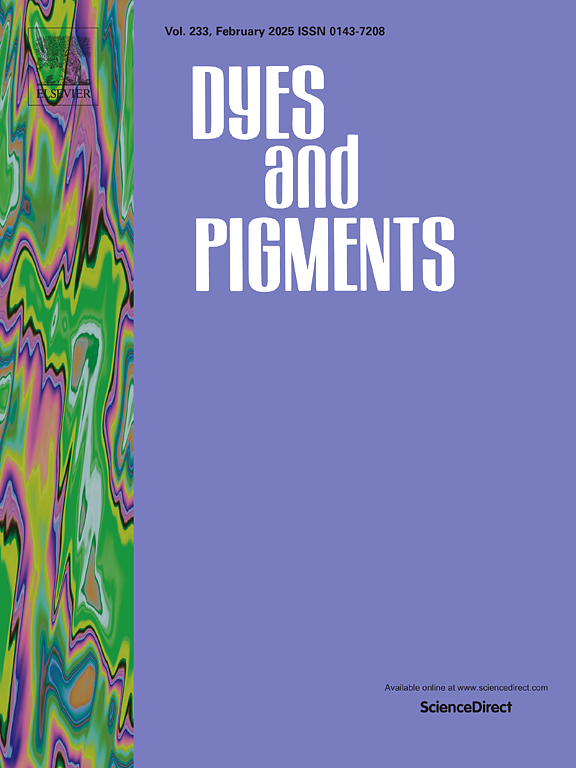High mobility wide bandgap polymer donors based on benzobisoxazole for polymer solar cells
IF 4.1
3区 工程技术
Q2 CHEMISTRY, APPLIED
引用次数: 0
Abstract
The performance of polymer solar cells (PSCs) has rapidly developed, benefitting from the advancements in crescent-shaped small molecule acceptors (SMAs). The polymer donors that match with SMAs are mostly aimed at generating more excitons, and therefore their optical bandgaps () are typically moderate. However, from the perspective of efficient and sufficient energy utilization, the development of wide bandgap polymer donors with maximum absorption peaks closer to 500 nm is still of great significance, as it allows for the utilization of the strongest region of solar radiation energy. Here, we designed and synthesized two polymer donors based on benzobisoxazole with different molecular backbones, namely PBBO-1 and PBBO-2. They have wide of 2.01 eV and 2.15 eV, respectively. Additionally, without halogen groups, they exhibit deep HOMO energy levels of −5.43 eV and −5.56 eV, respectively. Due to their good planarity, both exhibit a high hole mobility of ∼7 × 10−4 cm2 V⁻1 s⁻1 after blending with Y6. As a result, PBBO-1:Y6, which has a more ideal morphology and overall better photovoltaic conversion dynamics, achieved a PCE of 9.90 %, surpassing the PCE of 8.99 % for PBBO-2:Y6. This work provides a new strategy for designing high mobility wide bandgap polymer donors.

求助全文
约1分钟内获得全文
求助全文
来源期刊

Dyes and Pigments
工程技术-材料科学:纺织
CiteScore
8.20
自引率
13.30%
发文量
933
审稿时长
33 days
期刊介绍:
Dyes and Pigments covers the scientific and technical aspects of the chemistry and physics of dyes, pigments and their intermediates. Emphasis is placed on the properties of the colouring matters themselves rather than on their applications or the system in which they may be applied.
Thus the journal accepts research and review papers on the synthesis of dyes, pigments and intermediates, their physical or chemical properties, e.g. spectroscopic, surface, solution or solid state characteristics, the physical aspects of their preparation, e.g. precipitation, nucleation and growth, crystal formation, liquid crystalline characteristics, their photochemical, ecological or biological properties and the relationship between colour and chemical constitution. However, papers are considered which deal with the more fundamental aspects of colourant application and of the interactions of colourants with substrates or media.
The journal will interest a wide variety of workers in a range of disciplines whose work involves dyes, pigments and their intermediates, and provides a platform for investigators with common interests but diverse fields of activity such as cosmetics, reprographics, dye and pigment synthesis, medical research, polymers, etc.
 求助内容:
求助内容: 应助结果提醒方式:
应助结果提醒方式:


